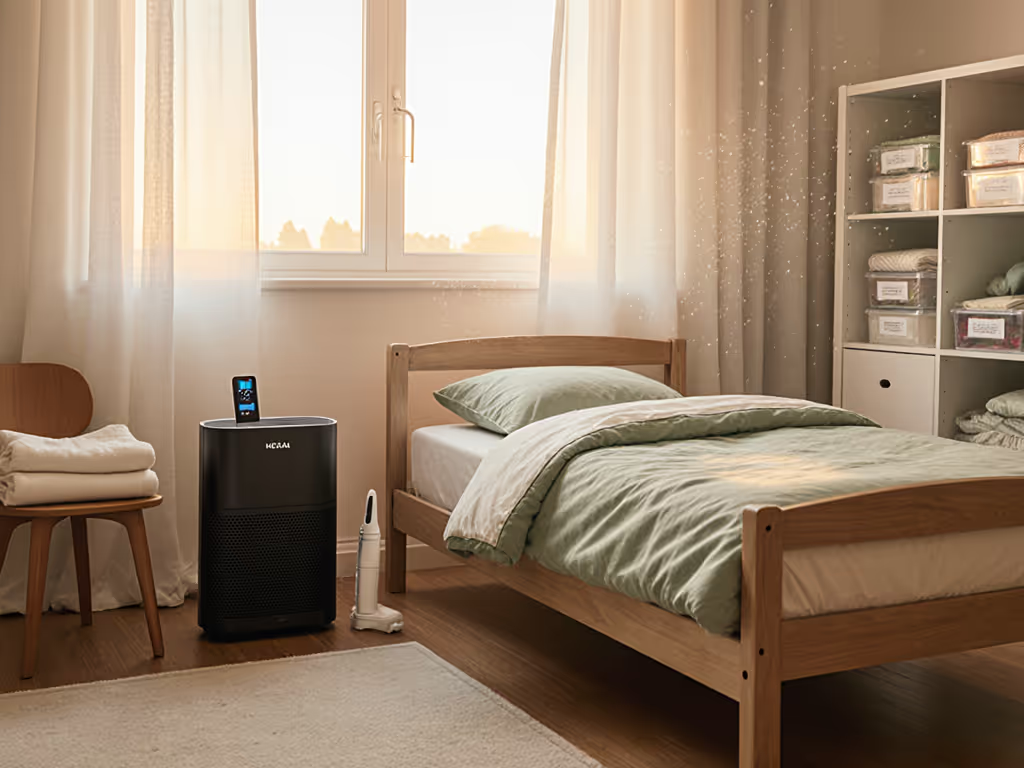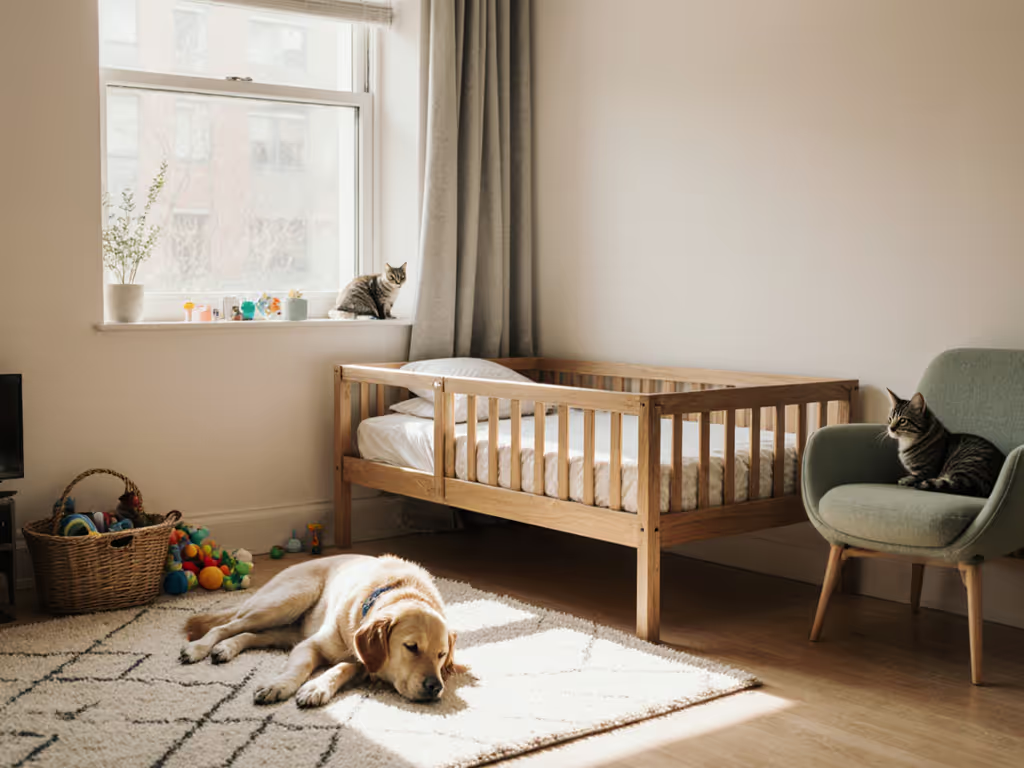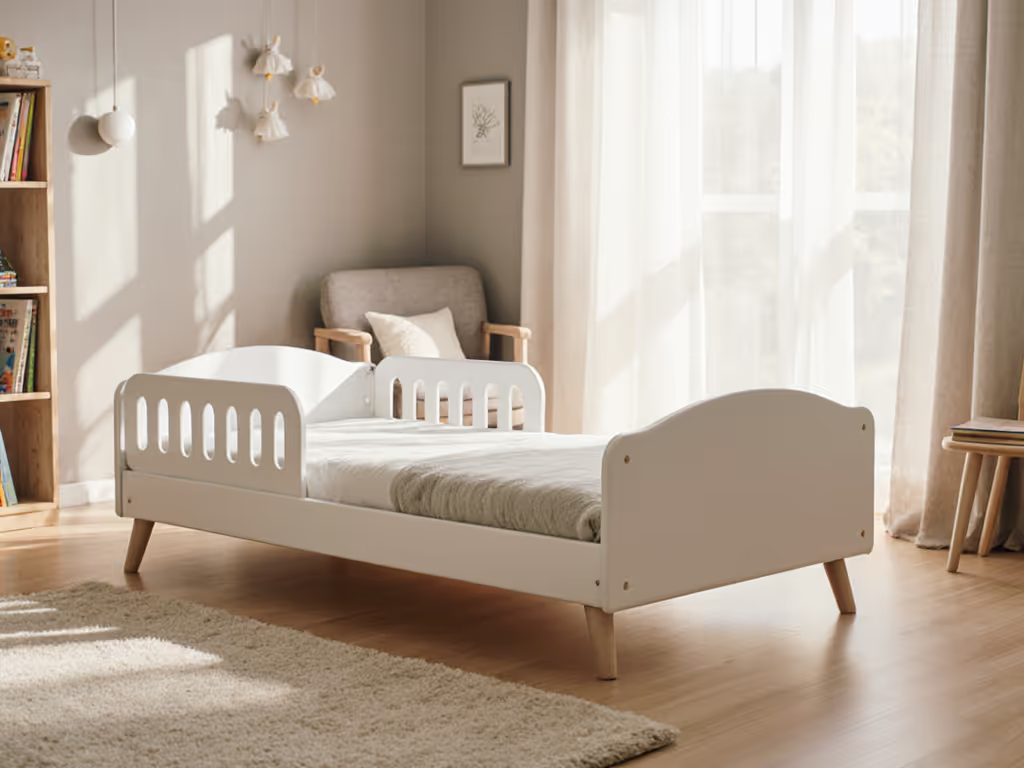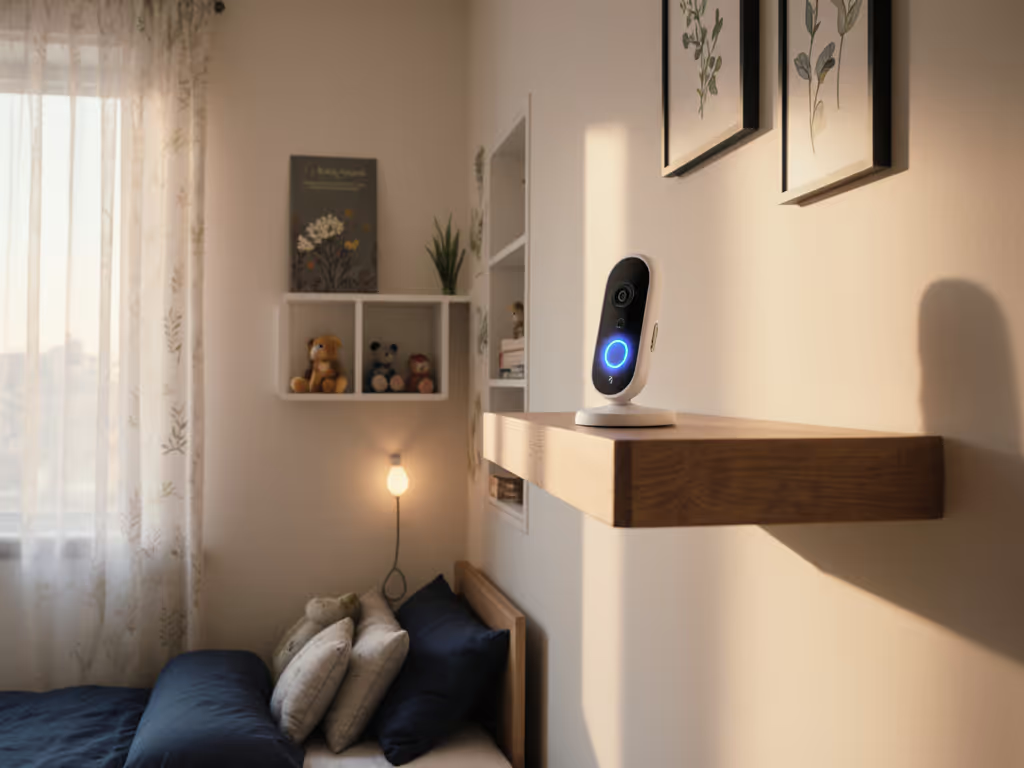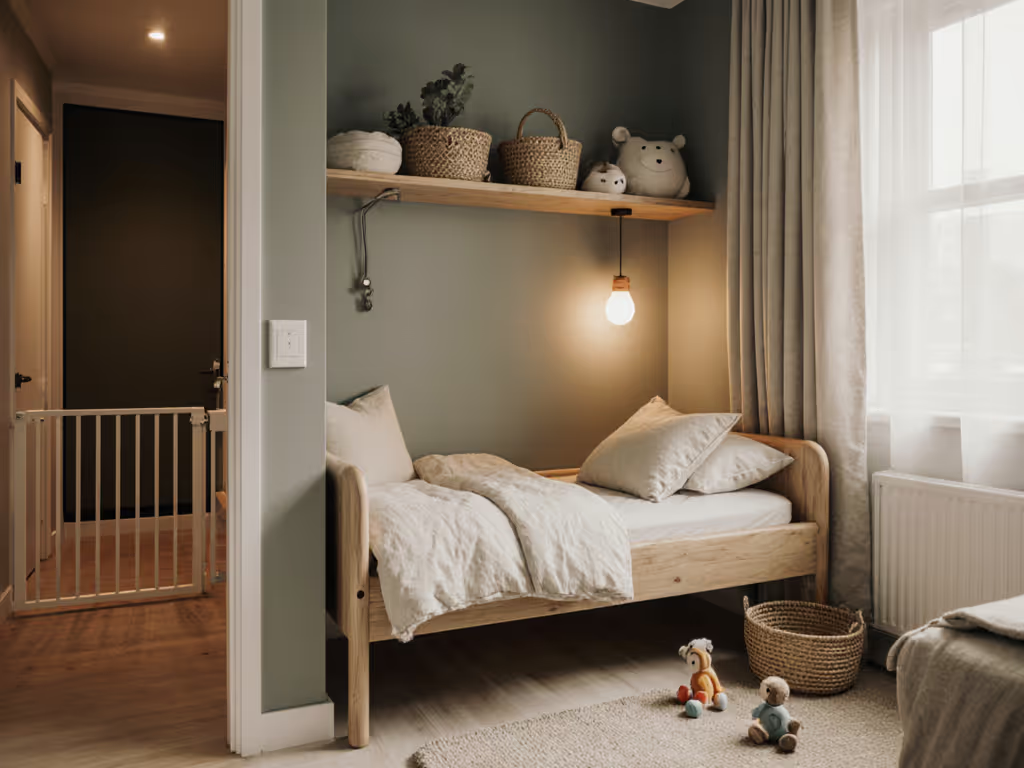
Toddler Bed Maintenance: Essential Steps for Longevity and Safety
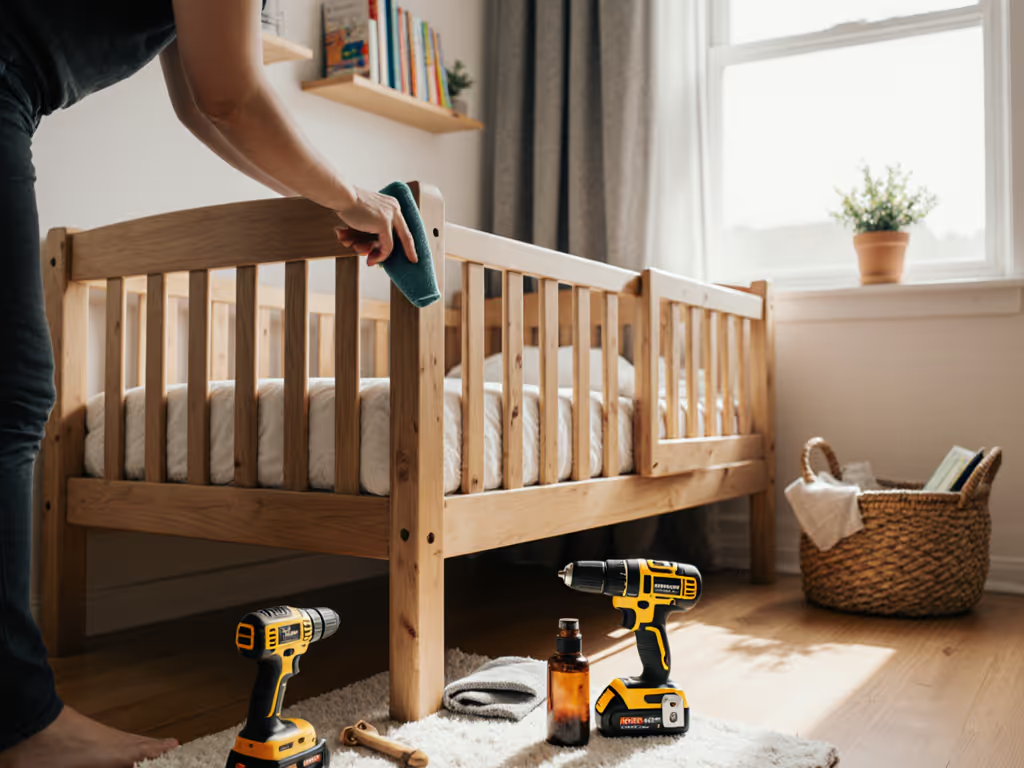
Every parent knows that moment when you're balancing bedtime routines in a compact apartment, trying to squeeze a toddler bed into a tiny room while ensuring safety and longevity. Toddler bed maintenance isn't just about preserving furniture; it's the foundation for peaceful nights and growing independence. When we prioritize extending toddler bed life through thoughtful care, we create an environment where cooperation naturally blossoms. Simple access invites cooperation, a principle I've seen transform bedtime battles into smooth transitions time and again.
In cramped urban homes where every inch counts, neglected maintenance can quickly escalate into safety hazards and sleep disruptions. I remember when our daughter began staging nightly protests at bedtime; our solution wasn't more rules, but redesigning her space. We lowered her world literally, swapping a tall crib for a floor bed with accessible storage. Suddenly, she climbed in on her own, stayed put through the night, and our evenings transformed. This experience taught me that small changes in space create big changes in sleep. Let's explore how intentional maintenance can bring this calm to your home.
Daily Maintenance for Lasting Comfort
Your toddler's bed takes daily wear-and-tear from active little bodies, and it deserves thoughtful care. For cleaning wooden toddler beds, keep it simple: a soft, dry cloth for daily dusting and a barely damp cloth with mild soap for occasional spot cleaning. Avoid harsh chemicals that compromise non-toxic finishes (especially crucial in small apartments where air quality matters). Pay special attention to under-bed areas where dust bunnies gather in tight corners; a handheld vacuum with a brush attachment works wonders without moving furniture.
In compact spaces, leverage vertical real estate with a minimalist approach that supports your child's growing independence. Keep a low basket nearby with just two sets of pajamas within reach; this creates a self-serve setup that reduces battles. When your toddler can access their own sleep clothes, they're more invested in the routine. Add a small mat beneath the bed for spills and crumbs; this tiny barrier makes cleanup effortless while protecting your floor. Remember, the goal is to make the right thing the easy thing (both for your child and for your daily maintenance).
Safety Checks That Prevent Nighttime Disruptions
Noise is the enemy of sleep in small homes where walls are thin and bedrooms are close. Many parents report that fixing squeaky bed frames becomes urgent when creaks echo through apartment walls at 2 a.m. The solution is simple: monthly inspections of all joints and connections. Grab a small wrench and tighten any loose bolts, especially at the corners where frames experience most stress. For wooden beds, rub beeswax or paraffin on squeaky joints before reassembling; this creates a silent, smooth connection that withstands toddler energy.
Regular toddler bed safety checks should be part of your weekend routine. Feel along all edges for splinters or rough spots that could snag little fingers. In tight quarters, ensure guardrails sit flush against walls to prevent pinching hazards. Check slat spacing with a tennis ball. If it fits through, gaps are too wide and need adjustment. These small rituals create predictable cues for both you and your child that bedtime means safety and security. When your toddler learns their space is consistently safe, they trust it enough to relax completely.
Repair Strategies for Small-Space Living
In cramped living situations where replacing furniture isn't feasible, knowing how to handle wear-and-tear is essential. Repairing minor bed damage like scratches or dents preserves your investment while modeling responsibility for your child. For wooden beds, mix equal parts vinegar and olive oil to create a natural polish that minimizes surface scratches, and rub gently with a soft cloth. Deeper dents respond well to a damp cloth and warm iron held briefly above the mark; the steam gently raises compressed wood fibers.
When space is limited, get creative with storage solutions that double as maintenance helpers. Under-bed bins with smooth-rolling casters keep essentials accessible while protecting bed frames from scuffing during access. Choose clear containers for items like extra sheets. This not only saves space but makes gentle transitions during nighttime accidents effortless. If your toddler helps put away items in their accessible storage system, they develop ownership of their space. We've found that children as young as two will often point out loose screws themselves when they feel responsible for their environment.
Creating a Calm Wind-Down Environment
Your maintenance routine directly shapes the sleep atmosphere in your compact home. Dedicate five minutes each evening to resetting the sleep space (a ritual that signals bedtime is approaching). Smooth rumpled sheets, fluff the mattress foundation, and ensure any nightlight is positioned safely away from bedding. This consistent wind-down corner preparation becomes a visual cue that tells your toddler's brain it's time to relax.
In my work with urban families, I've seen how intentional maintenance transforms stressed households. One family in a 700-square-foot Brooklyn apartment eliminated their toddler's bedtime protests simply by adding a low shelf for bedtime books and a small bench for putting on pajamas (both within reach of their child). The space now does the reminding, freeing parents from constant direction. This is the power of designing environments where children naturally cooperate because the layout supports their capabilities.
Small changes in space, big changes in sleep.
Your Actionable First Step
Don't try to overhaul everything at once. Start with one maintenance habit that addresses your most pressing space challenge. This week, choose either tightening loose connections in your toddler's bed frame or implementing a simple cleaning routine for wooden surfaces. Set a recurring reminder on your phone for the same time each week (consistency builds confidence for both you and your child). As you create these small rituals, you'll notice how they compound into calmer evenings and longer-lasting furniture. Remember: when you make the right thing the easy thing, cooperation becomes the expected norm rather than the exception. Your toddler's bed shouldn't just be furniture, it should be the foundation for peaceful nights and growing independence in even the tiniest home.

